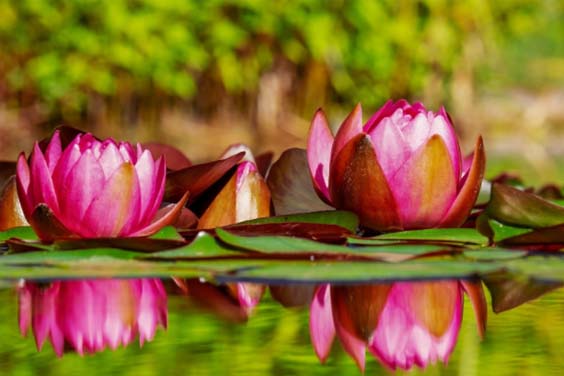
Source: Pixabay
Nothing adds more life to a backyard than a koi fish pond. Sitting on your patio with a coffee in hand in the morning watching a beautiful fish duck and out of the water has to be one of the most satisfying views in life. Another thing that could also add to the magic is water plants. Take macodes petola care for example, they not only add to the scenery, but they serve a lot of other functions, providing shelter and security for the fish being two of the most notable ones.
If you have a koi fish pond within your property, it is time you started thinking of the plants you can add to make things better for the fish and the landscaping. To help your search easier, the following are the top 15 popular plants for koi fish ponds.
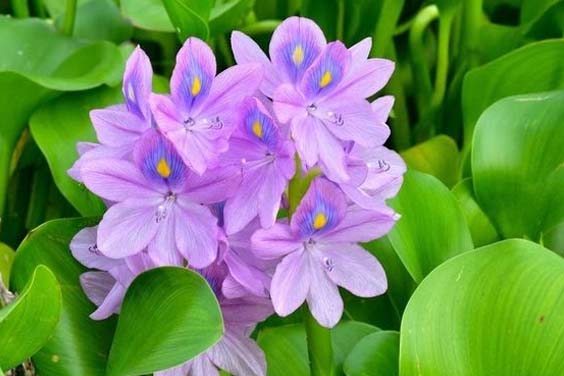
Source: Pinterest
Although a notorious plant that can quickly take over the pond, the water hyacinth is one of the most popular plants found in most koi ponds. They usually grow on their own, but you can also introduce them yourself. They have large leaves that provide shade for the fish and, at the same time, sprout beautiful flowers that add to the beauty of the pond. They also absorb unwanted toxic materials from the water in the same fashion that an activated carbon sponge filter works
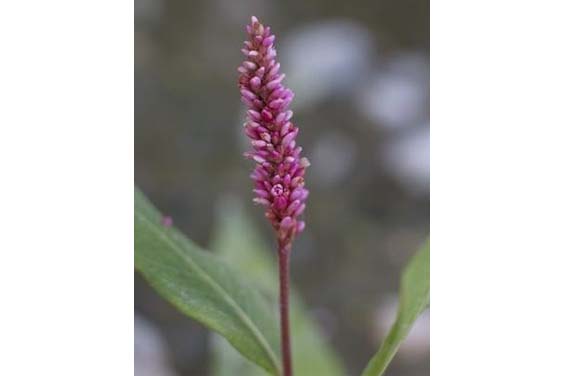
Source: Pinterest
Water smartweed is one of the most beautiful water plants that grow in ponds. It has beautiful flowers that usually range from bright pink to purple, depending on the species. They have very thick stems that provide good anchorage for soils at the bottom while creating a network of underwater forests for the fish to use as refuge and shelter against predators and the sun, respectively. They are also very good oxygenators of water as well as koi pond filters.

Source: Pinterest
This is probably the most famous of all pond plants, thanks to the beautiful flower that blooms for most of the year. They are hardy plants that can survive in any type of water in most climates. They are also fast growers and can quickly colonize a pond if they are left to their own devices. There are dwarf versions for smaller ponds and giant versions for bigger ponds. They provide good shade during the hot summer months.
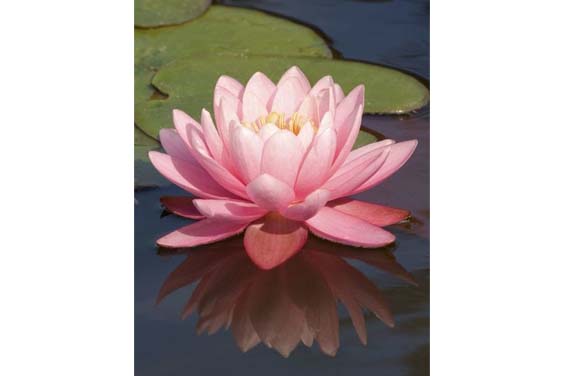
Source: Pinterest
Almost resembling a lotus, the water lily is another popular option for pond owners that usually grow very fast with large flat leaves that rest on the surface of the water with a single beautiful flower towering above everything else. They are highly adaptable and can grow in water that is as shallow as 6 inches deep. Koi fish have been known to prefer water lilies to other plants as they provide surfaces for the fish to lay their eggs away from the predators. The plant is also an excellent pond filter material.
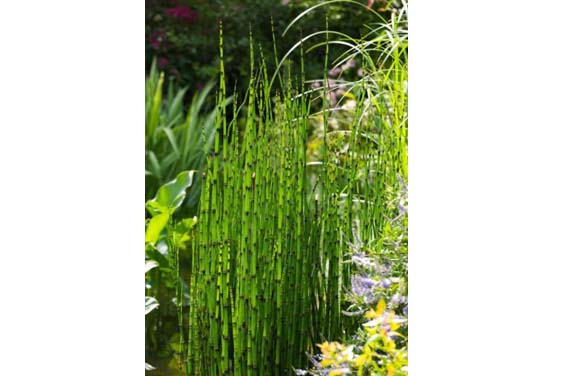
Source: Pinterest
This is another common sight on ponds and other natural waterways in the wild. It is one of the longest water plants you will come across and has nodes throughout its length that almost resembles thin bamboo sticks. It is a hardy plant that can survive even in brackish waters. They are excellent pond filter media of the water and are loved by insects, which end up being food for the koi fish below.
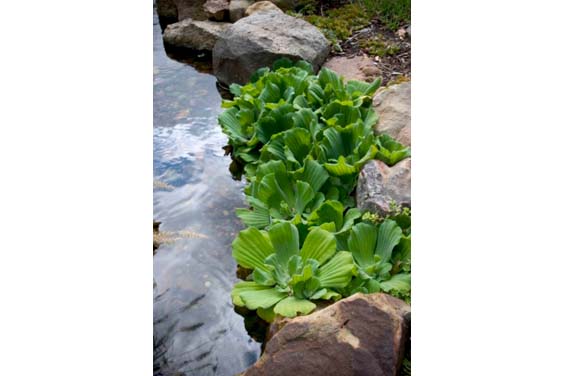
Source: Pinterest
The water lettuce almost resembles the regular edible lettuce that humans grow on their farms. It is a plant that grows in a close knit formation and can block the surface of the water from being accessed by anything from outside; this could come in handy for koi fish that require hiding places from predators. It can grow in water that is over 30 feet deep, and a single plant can cover an area 3 feet wide and aids in pond filtration. You have to keep an eye on their spread, or you could have your entire pond in a sea of green.
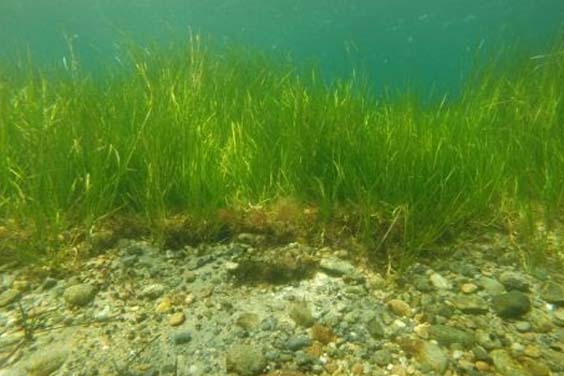
Source: Pinterest
Eelgrass is a submerged type of pond plant that is responsible for the oxygenation of the water where they grow. They do well in shallow waters where the sunlight can reach the bottom as they tend to grow along the ground. In good condition, they can grow big enough to break the surface of the water. They provide one of the safest breeding grounds for koi fish as well as act as a biological pond filter, so this is the kind of plant that you may consider introducing to your pond urgently.
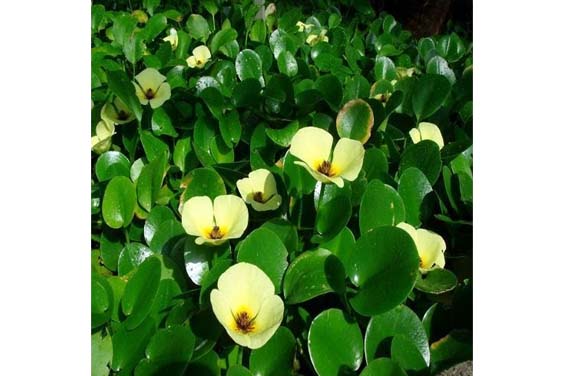
Source: Pinterest
Water poppies are another set of water plants that have small beautiful flowers that add beauty to the pond. They are in the same category as lotuses and lilies, and they are very good at monopolizing the water surface when given the freedom to grow. They are fast growers, especially when the summer warmth lands, and they are also reliable water filtration agents loved by the koi fish.
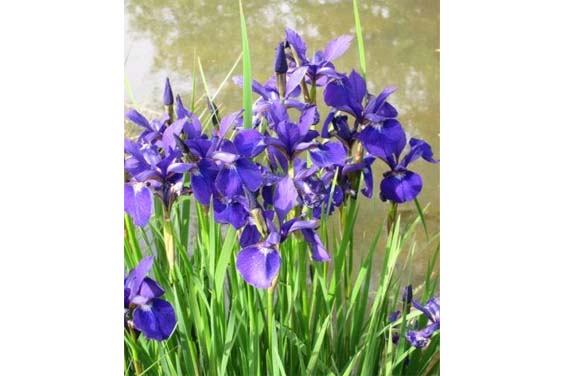
Source: Pinterest
Another flowering pond plant that sprouts beautiful purple flowers for the most part of the year. It can grow up to 4 feet and has sword-shaped leaves that can grow to as much as 24 inches. The water iris plant grows fast for the first part of their lives as they race to break out of the water; once they hit the surface, they start spreading out. There are various species that sprout blue, pink, and white flowers.
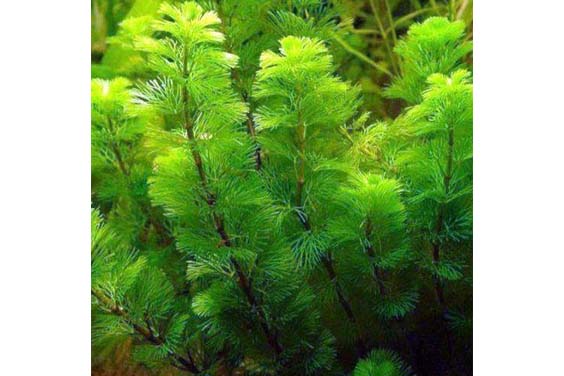
Source: Pinterest
The fanwort is one of the most important pond plants that you should consider introducing to your backyard pond. It is one of the best oxygenators and can grow very fast when exposed to sufficient sunlight. The fanwort plant grows for up to an inch a day and provides the water with all the oxygen that the fish will require, reducing the need to use expensive air pumps. Koi fish also love attaching their eggs to the surfaces of the plant.
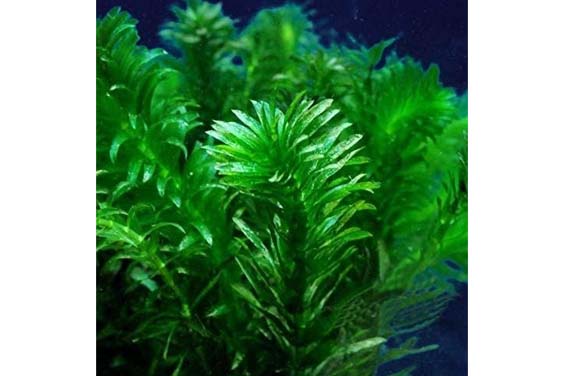
Source: Pinterest
Better known as the American Waterweed, this is a pond plant that loves growing in silty ponds where they thrive as submerged plants, with the only part that ever makes it to the surface being their small white flowers. They are good at getting rid of carbon dioxide from the water, and when combined with oxygenating pond plants, they provide good teamwork that ensures the pond has the ideal conditions for fish to thrive.
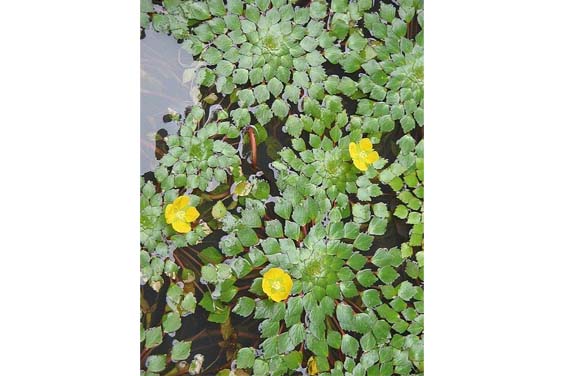
Source: Pinterest
The water purslane comes from a long line of water plants called the Ludwigia family, great oxygenators that grow very fast when they get sufficient light. They are submerged plants that also provide attachment areas for koi fish eggs on top of providing shelter for other small-sized plant pond animals.
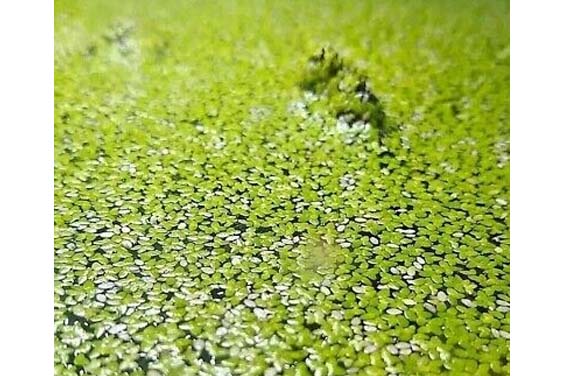
Source: Pinterest
Duckweed is a floating water plant that tends to thrive very well indoors as it doesn’t lobe direct sunlight. It has small leaves that grow in connected clusters across the surface of the water. They are good oxygenators and also provide good cover for fish when they are running away from predators. They also act as good bacteria house filter media.
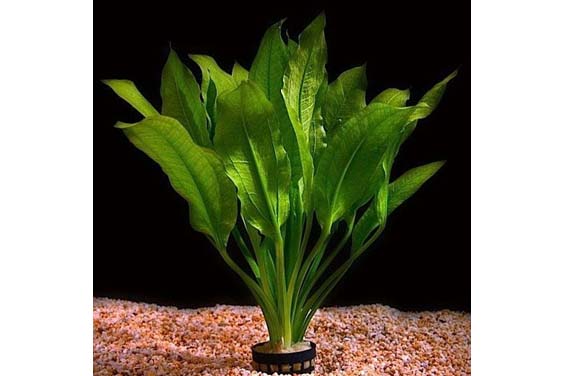
Source: Pinterest
The Amazon Sword is a leafy plant that grows in shallow waters. It features very broad leaves that have their roots anchored at the bottom of the pond. They do well both indoors and outdoors and are loved by fish because their stalks are strong, providing hiding areas and places for fish to attach their eggs. It can reach 50 inches in height.
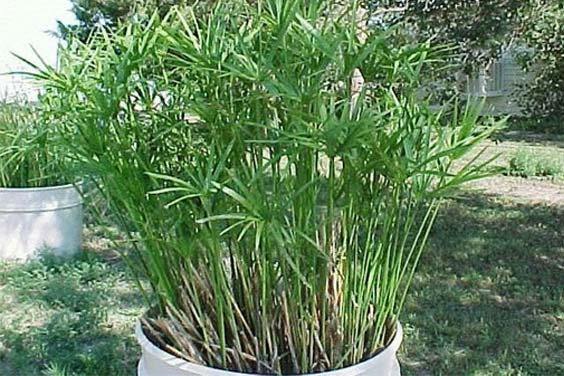
Source: Pinterest
This is one of the most uniquely designed plants. It has flowers growing between leaves to create a perfect circular shape that looks like a crown, which adds to the beauty of the whole pond. It is an emergent plant that can reach 6 feet in height and provides the perfect cover for pond animals to hide from the harsh sunlight.
The world is full of plants, living either outdoors or indoors, such as crispy wave fern. If you have been having a hard time making up your mind, then you should begin with the ones on this list to see if you can find the type of plant that will add value to your pond. For more information on how to take care of your koi pond, feel free to check out our website to get more tips from pond experts




Leave a Reply